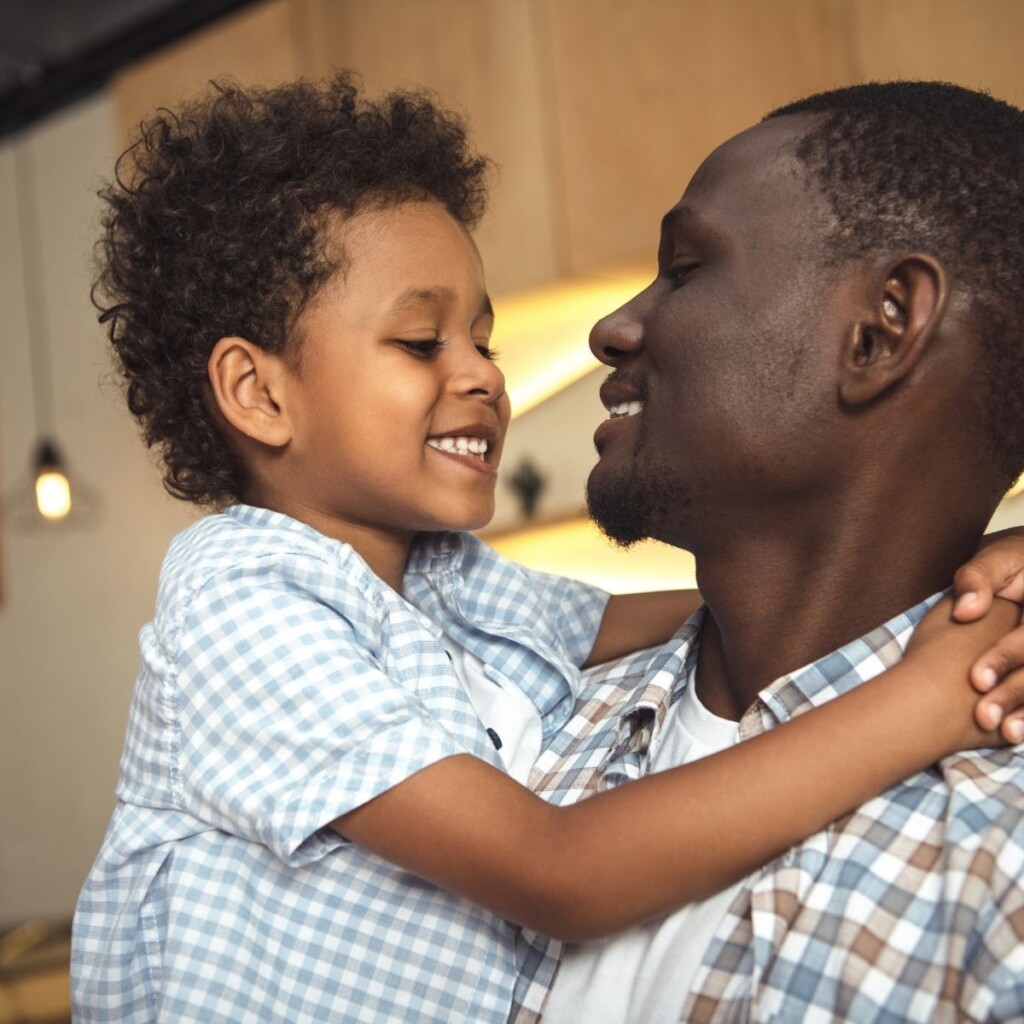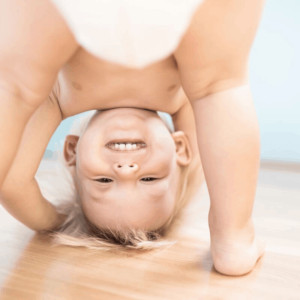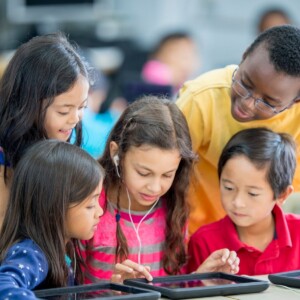What is together play?
Together play, also called attunement play is based on the simplest form of human interaction; serve and return. This serve and return forms the basis of baby and parent contact from birth. It can be as simple as responding to a baby’s facial expression by mirroring them. they make eye contact (serve) and you respond by raising eyebrows, or saying “oh, hello!” They respond by babbling, wriggling, or through gesture or facial expression. This responsive back and forth is the veery basis of play.
Sounds a bit simple to be called play? Well, it develops into peekaboo, singing nursery rhymes, blowing raspberries, and play that often feels both very simple, silly and joyful. It is about paying attention to each other and connecting, and its simplicity should not be taken for unimportance.
Harvard professor, Jack P. Shonkoff, created this fantastic 5 minute video for parents called
A Guide to Serve and Return: How Your Interaction with Children Can Build Brains
It is well worth a watch to understand just how important this play is for brain building.
Together play and learning
Play is the means through which children learn, so what are they learning through together play?
- Cuing engagement and how to signal for attention.
- Communication norms. Linguistically known as adjacency pairs. You say something and wait for the other person to respond.
- The meanings of facial expressions, gestures and tone of voice.
- Trust in another person to recognise and respond to your cues.
- Strong attachment and bonding, which leads to the brain conditions needed for other learning, and the psychological safety that underpins developing independence.
- Strongly supports and meets the need for connection. Can help repair relationships after a falling out. Find out more about human needs.
- Simple is fine, you don’t necessarily need anything for these games.
- Build in play at key points, such as during nappy changes.
- Nursery rhymes with actions like Horsey, horsey or Row, row, row your boat can give together play structure if you’re nervous about making it up as you go
- Pay attention to a baby or toddler’s disengagement cues too. A tired toddler may need connection through cuddles, rather than silliness. These simple games can be exhausting for babies. When they’re done, they’re done. Recognising the end of the game is just as important for meeting and respecting their needs.
Together play at different stages
Together play in babies
From the first time they make eye contact and you see that twinkle of connection babies engage in together play. This is not baby to baby peer play, but adults are conditioned to respond to these early social cues and the play develops naturally.
Ever noticed your baby making eye contact with a stranger in a shop, and beginning a ‘game’? This often gets described as flirting, it goes against the norms of how adults interact with strangers, and can feel quite intimate! That is together play too, your baby play signalled.
(Play signalling actually is an important part of flirting, but it has nothing to do with romance in babies.)
Together play in toddlers
Together play in toddlers can combine with other forms of play like action play. For example, pretending to be a monster and chasing them, tickling them (consensually!) and responding when they want you to stop and start. Silly games that give a toddler elements of control like ‘freezing’ and ‘unfreezing’ you, or where you take turn to freeze each other work too.
Favourite nursery rhymes often still feature, and verbal toddlers might ask for nursery rhymes when they want this kind of play.
The focus is being responsive to each other’s cues; think about the excited squealing as you chase them and they dodge to run one way and notice that cue and run that way too. Play in which you are in tune and enjoy each other!
Together play in adults
Together play in adults can feel very intimate. Why? Well a lot of adults are not used to being silly around each other. People can feel vulnerable to judgment or rejection. Many adults only engage in this kind of play with their partner or siblings, close long-term friends or extended family. It requires a level of relaxation that often isn’t present in less well established social relationships.
Flirting can be a form of together play. It often uses more eye contact and physical touching than normal social rules might deem appropriate. Consent matters though. If both parties are not engaging in the play then it is not together play. If someone serves or play signals, and the other person does not return and engage then it is not play.
Flirting is a way of understanding one social significance of this type of play. Flirting often comes with connotations of attraction. However, adults can engage in this type of play without it signalling a desire for a relationship.







Responses